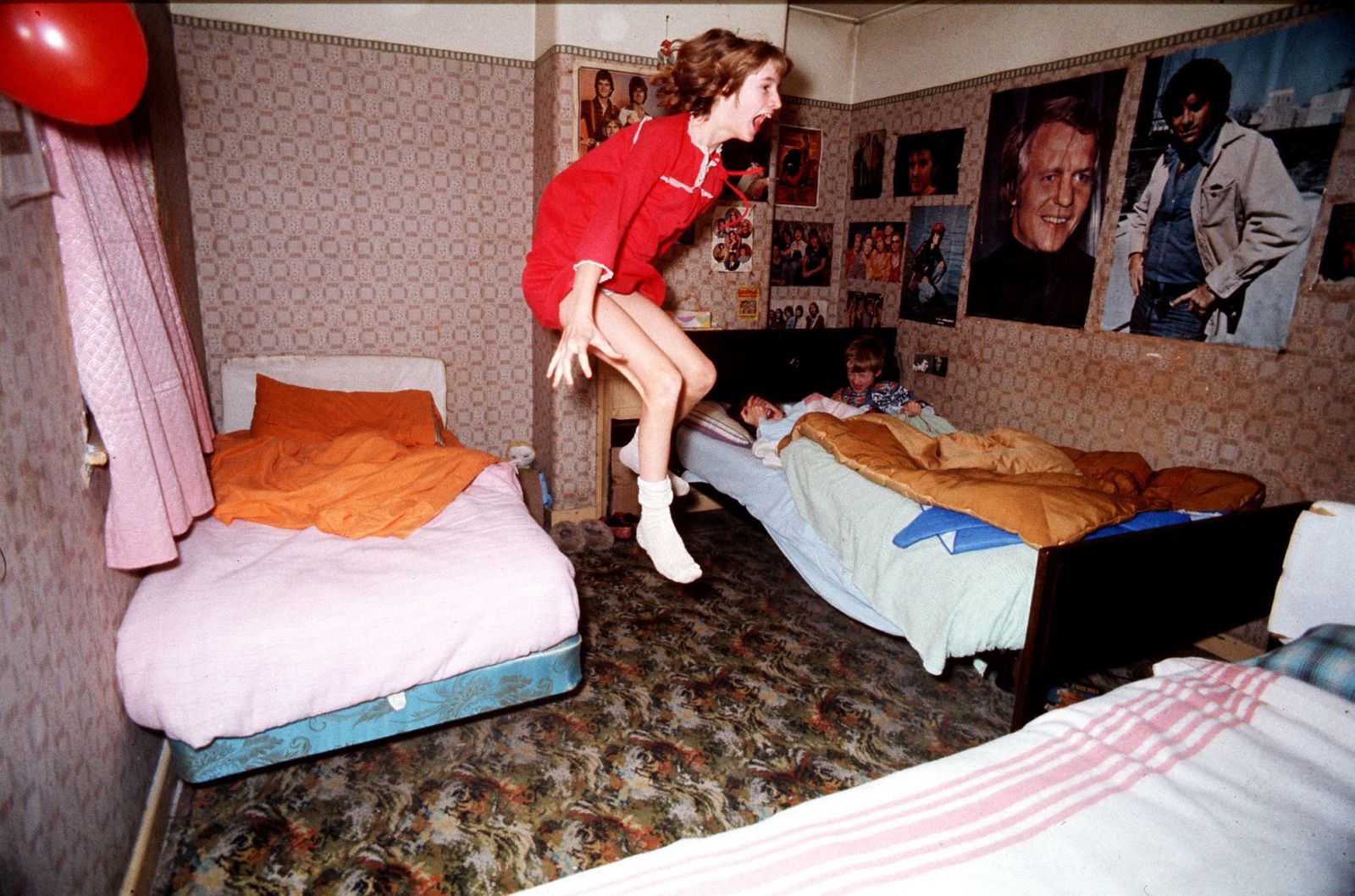
In 1931, 13-year-old Voirrey Irving claimed to have met a bushy-tailed, flat-snouted, yellow-haired creature that introduced himself as "Geoff, an extra-clever mongoose from Delhi" born in 1852. Geoff, who insisted on spelling his name G-E-F, allegedly lived behind the paneling of the cottage Voirrey shared with her family on England's Isle of Man. He was said to be capable of shifting shapes, making himself invisible and crooning "Carolina Moon" from memory.
Reporters soon descended on the village of Dalby, where a local bus conductor insisted the Dalby Spook had once snatched his sandwiches. Eventually, the yarn reached paranormal investigator Harry Price. Price visited the island and noted that Voirrey was an accomplished ventriloquist. Later on the popular British reality show Most Haunted, the show's resident "expert," Richard Felix, observed: "You have a young girl of 13, and this case started with rapping and tapping and things disappearing and coming back again. Typical poltergeist activity."
Poltergeists—"noisy ghosts"—seem to be having a moment. Parapsychologist Christopher Chacon tells Newsweek that he and his team have been getting more calls this year than ever before. Alas, Chacon refuses to divulge the names or locations of any of his clients.
How else can we know "They're here..."? Earlier this month, Sky Broadcasting in the U.K. began airing The Enfield Haunting, a new mini-series about an infamous north London poltergeist in 1977. Steven Spielberg made the word part of the popular currency in 1982 by producing Poltergeist. The film grossed a then-phenomenal $76.6 million, equivalent to $212 million in 2015. Two Spielberg-less sequels performed less well at the box office. And now, after a 27-year hiatus, a new reboot is being released in America and Europe, bringing the franchise back to life (or afterlife).
Produced by Sam Raimi (The Evil Dead, The Grudge), 2015's model will be in 3-D, giving the noisy ghosts plenty of chances to chuck stuff right in the audience's faces. "Think of the spirits like beings that try to communicate nonverbally," says director Gil Kenan. "The only thing they have to communicate with are objects around us in our homes."
Kenan likes to work with the "children-in-peril" theme. "Young actors have an openness and an access to something more basic and primal." Children are "more open to new situations and using their imaginations," says Raimi. "Adults don't tune into new 'frequencies' as easily as kids do." Or, apparently, cinematic poltergeists.
The Poltergeist films are supposedly cursed. Four actors from the first three productions died around their release dates: Dominique Dunne (teen daughter Dana Freeling in Poltergeist I) was strangled by her abusive boyfriend; Heather O'Rourke (youngest daughter Carol Anne Freeling in Poltergeist I, II and III) succumbed to septic shock at age 12; Julian Beck (malevolent spirit Kane in Poltergeist II) perished of stomach cancer; and Will Sampson (Native American Taylor in Poltergeist II) died from heart and lung transplant complications.
Kenan updates the story, replacing Carol Anne Freeling with a new—but not dissimilar—character named Maddy Bowen (played by Kennedi Clements). She lives in the San Fernando Valley, an area in which Kenan has felt "an energy, like someone was following me, but no one was there." The polter-zeitgeist has been updated for the 21st century: the spirits can interfere with all the different screens, devices and monitors we now use on a daily basis. Drones are one of the parapsychologists' ghostbusting tools.
Once, in Mexico, Chacon swears he saw thousands of dolls turn their heads and stare at him. "They crawled toward me and then stopped," he says. "The only other plausible explanation is that gophers had crawled inside them."
Yes, the only other plausible explanation.
Uncommon Knowledge
Newsweek is committed to challenging conventional wisdom and finding connections in the search for common ground.
Newsweek is committed to challenging conventional wisdom and finding connections in the search for common ground.
About the writer
Gogo Lidz was 19 when her first feature story was published in the Los Angeles Times in 2004. She wrote freelance for ... Read more
To read how Newsweek uses AI as a newsroom tool, Click here.





